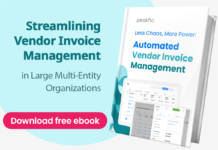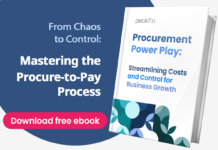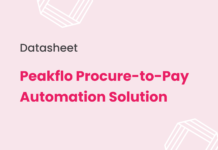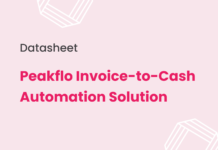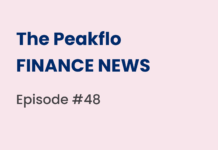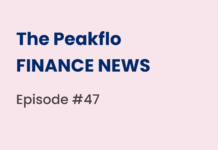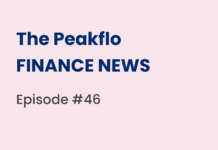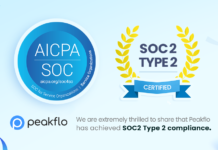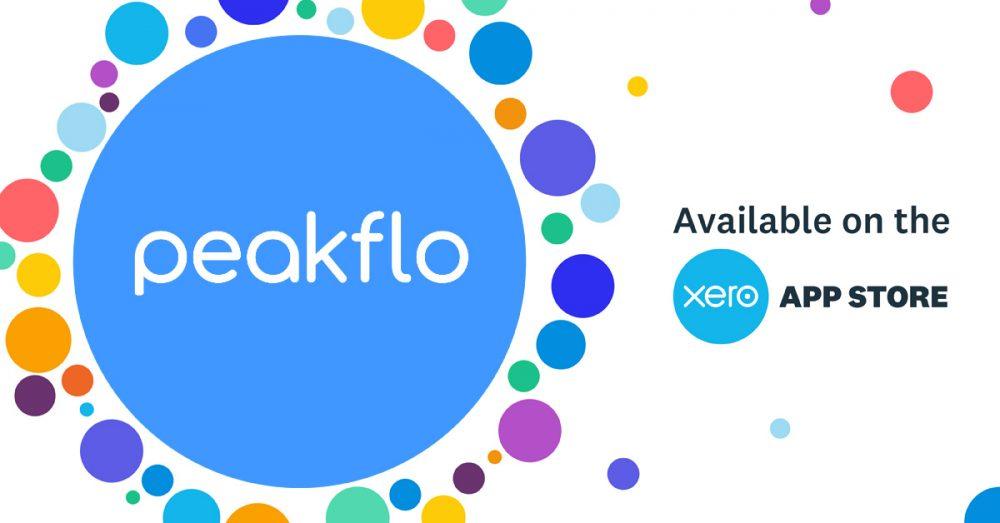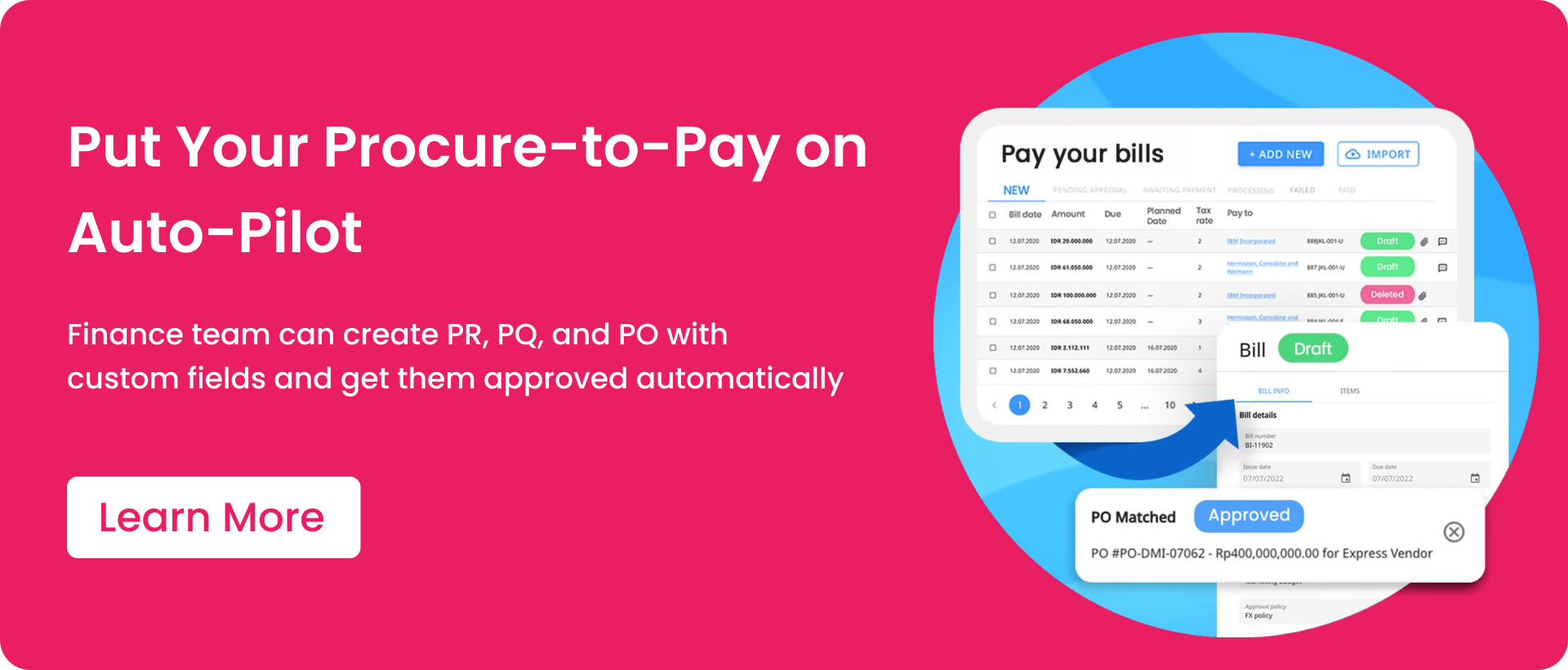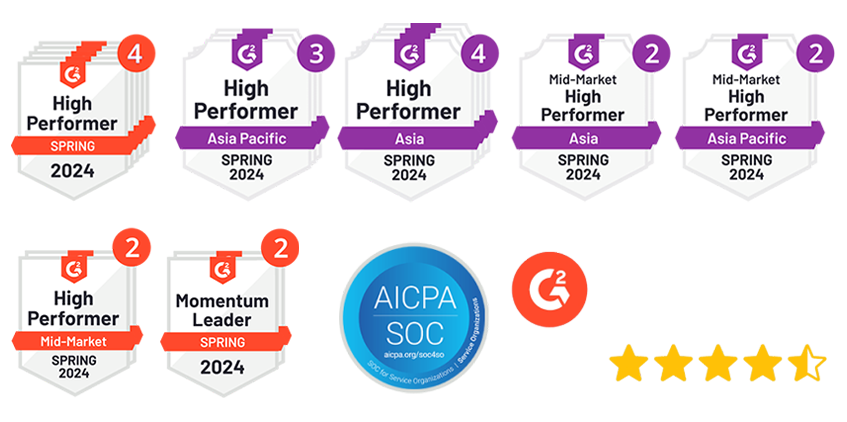Paying your suppliers on time is key to building strong relationships and ensuring a smooth supply chain. However, according to a recent study, nearly half of businesses reported depreciating payment practices with vendors. To keep access to the products and services your business relies on, it’s important to understand what matters most to your vendors. Timely payments play a vital role in this. Managing vendor payments is a critical aspect of handling accounts payable, and business owners should be aware of its significance.
Vendor payments are the essential final step in the procure-to-pay process, so it’s crucial to grasp what they are and why they’re vital for a smoothly running organization. To stay ahead of the curve, discover how to improve your vendor payment processes.
What are Vendor Payments?
Vendor payments refer to the funds disbursed by a business to its suppliers or vendors for the goods and services provided. Simply put, it’s the money a company pays to its vendors from which it purchases products or services. It is the last stage of the procure-to-pay process where the business settles its outstanding obligations to its suppliers.
Vendor payments are commonly known as accounts payable or invoices to pay. Effective vendor payments involve ensuring that these payments are made accurately and promptly, under agreed-upon terms and conditions. This practice is crucial for maintaining positive vendor relationships and contributes to the overall health of the supply chain.
Why are Vendor Payments Important for Businesses?
Businesses, both large and small, receive goods and services from various vendors. In small or mid-sized businesses, a bookkeeper or a small team handles vendor payments, while large enterprises typically have a dedicated accounts payable department for this task. Regardless of size, businesses must establish processes for vendor management and vendor payment processes in place to maintain positive relationships.
Vendor payment management becomes particularly important for your business in the following situations:
- Your business works with numerous vendors.
- Your payments involve different currencies.
- Your business has multiple branches, and monitoring cash flow is essential.
- The credit period for payments has been altered.
- Your business buys and sells goods from the same seller.
- Timely payments are necessary to comply with GST and the MSME Act.
To foster positive connections with your vendors, it’s vital to manage vendor payments promptly and systematically. Additionally, having a systematic vendor payment method in place prevents late payment penalties and interest, contributing to the smooth operation of your business in the long run.
What are the Common Vendor Payment Methods?
Businesses use various methods to make payments to their vendors. Here are some of the most common vendor payment methods:
- Checks
- Credit Card Payments
- Wire Transfers
- ACH Payments
- Virtual Accounts
The payment method chosen by an accounts payable department is influenced by factors like cost, payment security, vendor preferences, and convenience. Despite the numerous benefits offered by electronic payments, checks continue to be the predominant choice in B2B transactions.
Vendor Payment Process
The vendor payment process starts when your business orders goods or services from a vendor. You create a purchase order for the vendor. Once you receive the ordered goods or services, the vendor sends you an invoice. The final step is making the vendor payment, where you pay the amount mentioned in the invoice.
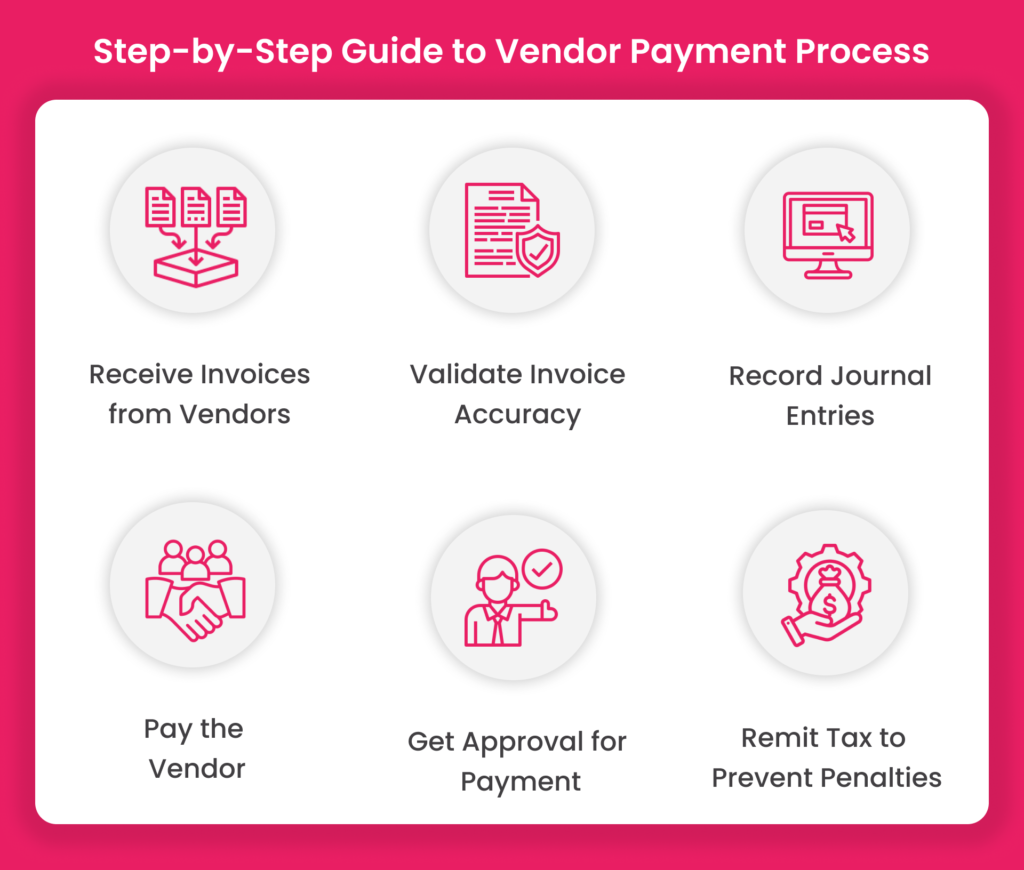
Step 1: Receive Invoices from Vendors
The vendor payment process begins with receiving invoices for the purchased goods or services from the vendor. Invoices may come through various channels, such as in person, via email, or other communication methods. They can be in different formats like documents, PDFs, Excel sheets, and more.
Step 2: Validate Invoice Accuracy
Next, it’s crucial to check the accuracy and legitimacy of the vendor invoice. Invoices typically include details like the invoice number, date of issue, due date, tax details like taxpayer identification number, vendor’s bank details, item specifications, quantities, and prices. To ensure accuracy, match the invoice with supporting documents like purchase orders and account statements. Precise verification is important to catch any errors or unintentional changes made by vendors.
Step 3: Record Journal Entries for the Invoice
After verifying the invoice, the next step involves making journal entries and accounting for the invoice in the company’s books. This includes the usual payment information and transaction entries. Additionally, accounting for invoices helps assess if there’s any withholding tax applicable.
Step 4: Remit Tax to Prevent Penalties
In some regions like Singapore, withholding tax must be calculated and promptly paid to the tax authority. Delay in tax payment incurs a 1% additional tax for each month missed. Similarly for India, include the taxes that may be applicable, such as the input tax credit (ITC) under Goods and Services Tax (GST) and TDS under the income tax. It’s crucial to deposit the tax promptly to avoid penalties and additional taxes.
Step 5: Get Approval for Payment
Before making the vendor payment, approval from authorized personnel or managers is necessary. In manual processes, an accounts payable team member may physically approach managers for signatures. Alternatively, automated systems have approval workflows, allowing managers to review and approve invoices electronically.
Step 6: Pay the Vendor
The final step involves making the payment. Payments can be made through physical means like delivering cash or via bank transfers. Automated vendor management systems often offer features like corporate cards and international vendor accounts, streamlining payments with a single click. Having a virtual business account can further simplify the vendor payment process.
Challenges of Vendor Payment Process
Many accounts payable teams face several challenges with their current vendor payment processes. They are:
Communication Barriers
The use of various communication methods, such as email, standard mail, and phone calls, for exchanging vendor information can lead to manual tracking errors, posing risks of fraud. Standardizing communication channels is crucial for accuracy and security.
Limited Visibility for Vendors
Vendors often lack visibility into payment status and invoice processing stages. This results in challenges predicting account balances and requires additional manual efforts, like phone calls and emails, to obtain necessary information, adding workload for both the accounts payable department and the vendor’s team.
Complexity of Payment Methods
Vendors may have diverse payment preferences, making it challenging for accounts payable departments to optimize the mix of payment methods. The shift towards ePayments during the pandemic adds complexity, requiring manual tracking and execution of different payment types.
Data and Analytics Gap
The absence of robust data visibility and analytics tools hinders AP and AR departments from effectively measuring their performance and assessing the impact of process changes. Metrics like the Cash Conversion Cycle become challenging to track, affecting both supplier cash flow predictions and buyer credit limit management.
Breaking Vendor Payment Challenges with Automation
In the era of digital transformation, numerous technology-driven solutions are available for mid-sized companies to large enterprises. Here, we explore the benefits of employing automated solutions for vendor payments.
Simplify Vendor Onboarding
Make vendor onboarding more straightforward by using a payment automation solution. This ensures a smooth process for vendors to join your system, reducing administrative hurdles and saving time for both parties.
Build Robust Vendor Relationships
Strengthen your ties with vendors by implementing a payment automation solution. The streamlined processes foster better communication and collaboration, creating a positive environment for long-term relationships.
Seize Early Payment Discounts and Cut Costs
Maximize cost savings by utilizing a payment automation solution to capture early payment discounts. Automation allows for timely payments, reducing overall costs and improving your bottom line.
Minimize Fraud Risks
Enhance security measures and minimize the risk of fraud with a payment automation solution. The system’s built-in safeguards and encryption features provide a more secure environment for financial transactions.
Automate Payouts for Efficiency
Improve efficiency in vendor payments by automating payouts. This feature ensures timely and accurate disbursement of funds, reducing manual errors and streamlining the payment process.
Simplify Payment Approval Workflows
Implement a payment automation solution to streamline and simplify payment approval workflows. This not only accelerates the approval process but also reduces the likelihood of errors associated with manual approvals.
Enhance Reporting and Analytics
Gain valuable insights into your payment processes by leveraging the reporting and analytics features of a payment automation solution. Understand trends, track performance metrics, and make informed decisions for continuous improvement in your vendor payment system.
Why Peakflo for Vendor Payment Automation?
Vendor payment automation is crucial as it saves both time and money by efficiently handling tasks from invoice entry to the final payment. The software minimizes human intervention, reducing labor and processing material costs. Improved visibility is achieved through easy database navigation and real-time recording of payment statuses, ensuring accurate expense tracking. Cash flow optimization is streamlined by providing precise spending insights for informed decision-making. Additionally, vendor payment automation fosters strong vendor relationships by ensuring timely payments and potentially unlocking discounts or rebates for businesses.
Here’s how Peakflo’s procure-to-pay solution streamlines the vendor payment process:
Invoice Capture with OCR Technology
A crucial component of vendor payment management systems is OCR technology. Peakflo’s OCR feature plays a vital role in recognizing key characters from vendor invoices, regardless of the format—whether it’s a document, PDF, Excel, or other forms. It extracts essential details from the invoices and organizes them in the company’s database, customized to meet the company’s specific requirements. This ensures seamless processing of invoices within the system.
Invoice Validation with 3-Way Match
With Peakflo’s invoice processing system, your AP team would not have to invest much energy into validating vendor invoices. Every vendor invoice is checked against purchase orders and goods receipt notes to ensure its authenticity. The solution automatically performs a 3-way match at the line-item level to provide accurate results and fast-track the vendor payment process.
Integrate with ERP and Accounting Software
Peaklfo integrates seamlessly with your ERP and accounting systems. All platform-related transactions are immediately documented in the accounting records. With this feature, accounts payable teams can save hundreds of hours spent in entering and re-entering data from one system to another.
Track Expenses in Real-Time
Instead of using spreadsheets to manage budgets, create budgets for any company expense and manage them professionally. Track the spending and budget limit for each department and activity. Keep budget owners and budget members up to date on the budgets by providing them with the right access.
Custom Multi-Level Approvals
For vendor payment processing, approval is essential, and Peakflo simplifies this with its built-in approval workflow. You can configure multiple approvers at various levels. When an approval request is initiated for invoice payment, it automatically tags the appropriate approvers and notifies them. Approvers can easily review and e-sign the request to approve the payment. This not only prevents oversight of transactions but also significantly reduces the risk of fraudulent activities or unauthorized alterations to expense amounts.
Multi-currency wallets: With Peakflo’s Wallet, your finance team does not need to go through the burden of making manual payments for each bill. The feature enables you to schedule payments based on the bill due dates in various international currencies. This eases up the whole process of making vendor payments. You can easily set up recurring payments too.










![Why AI Sales Calls Are Making Good Sales Reps Even Better [2025 Guide] ai sales calls](https://blog.peakflo.co/wp-content/uploads/2025/09/65168cf6-3001-4733-8cbc-12d5684cf449-218x150.webp)







